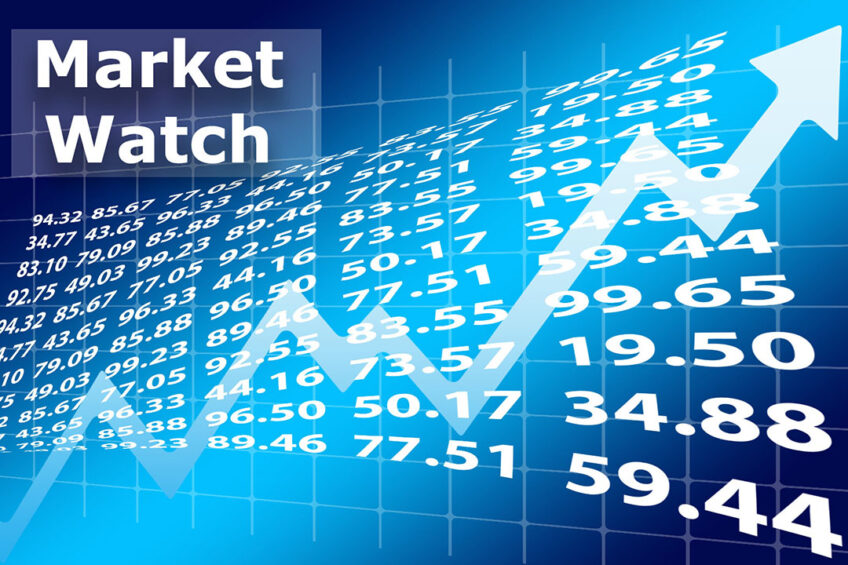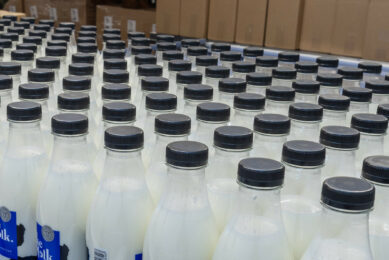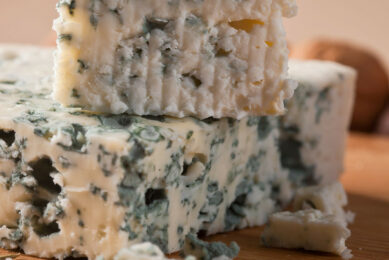Demand in China driving higher dairy prices

Growing demand for dairy in China has resulted in higher global dairy prices. There were significant price increases in July. The Global Dairy Trade (GDT) price index jumped early in the month by 8.3%, the biggest jump since November 2016.
There was strong demand for whole milk powder (WMP), with an increase of 14% to US$3208 a tonne at the GDT auction on 7 July. New Zealand’s Fonterra said that it had raised the lower end of its farmgate milk price forecast range for the forthcoming season as the demand went up in China, its top export market.
Local acceptance of milk and dairy products in China has grown strongly over the past year. According to the 2020 China Milk Quotient Report the growth is driven by 96% of the population believing that dairy consumption can help improve immunity. This year’s dairy product sales in China are expected to rise 6.4% to US $56.9 billion, is the forecast of market research provider Euromonitor International.
MARKET PRICES:
See Dairy Global’s new market prices tool
Fonterra, the world’s largest dairy exporter, recently lifted the lower end of its farmgate milk price forecast range for the current season. The 2020-2021 forecast farmgate milk price range has narrowed from US $3.59 – US $4.59 per kg milk solids to US $3.92 – US $4.59 per kg. The mid-point, off which farmers are paid, has increased to US $4.25 per kg, up from US $4.09 per kg.
MARKET PRICES TOOL: Latest futures prices for Butter
Fonterra Chairman John Monaghan said the lift to the bottom end of the range was being predominantly driven by improved market conditions in China. “After an initial shock due to COVID-19, dairy consumption in China is recovering with more people spending on food,” he said. “We’re seeing customers ramp up promotional activity as they look to catch up on the sales losses incurred over lockdown.”
MARKET PRICES TOOL:
Skim milk powder
Monaghan pointed out that the EU and US Governments’ support measures for farmers are holding up milk production and dairy commodity prices despite the disruption they have experienced so far from COVID-19.
“While we expect these support measures to end at some point, it is likely they will continue through the peak of the New Zealand season,” Monaghan said. “While there is still a high level of uncertainty in our global markets, we do see a lowering level of risk and this supports a decision to lift the bottom end of the price range.”
MARKET PRICES TOOL:
Global dairy trade
According to Monaghan milk supply from the EU, US and Latin America is increasing despite the impact of COVID-19. “And there continues to be uncertainty around how the global recession and the potential for a second wave of COVID-19 globally could impact demand.” Fonterra is advising its farmers to continue budgeting with caution.
MARKET PRICES TOOL:
World prices dairy products
Most farmers across the southern export regions have started the season with some of the best seasonal conditions they have had for years. The climate outlook remains broadly favourable and trading conditions are also attractive, senior analyst Michael Harvey of Rabobank says. Dairy farmers in Australia will likely see, lower purchased feed bills and affordable fertiliser pricing. Rabobank’s revised farmgate milk price in Australia stands at US $4.51 per kg milk solids for 2020-2021.
MARKET PRICES TOOL: Latest futures prices for Cheese
According to Harvey the recovery in Australian milk production is gathering pace. National milk production was 6% higher for the month of May. Rabobank expects milk production in Australia to expand by 3.4% in the current 2020-2021 season.
The demand for milk and dairy products in the US improved recently with restaurants reopening, needing to restock cheese and butter. Store purchases of milk and dairy products have significantly increased as well. The US government purchased many dairy products, mainly cheese from May 15 to June 30, under the so called Farm to Family Food Box program. With the US dairy product prices below world prices, dairy exports increased as well.
Join 13,000+ subscribers
Subscribe to our newsletter to stay updated about all the need-to-know content in the dairy sector, two times a week.










